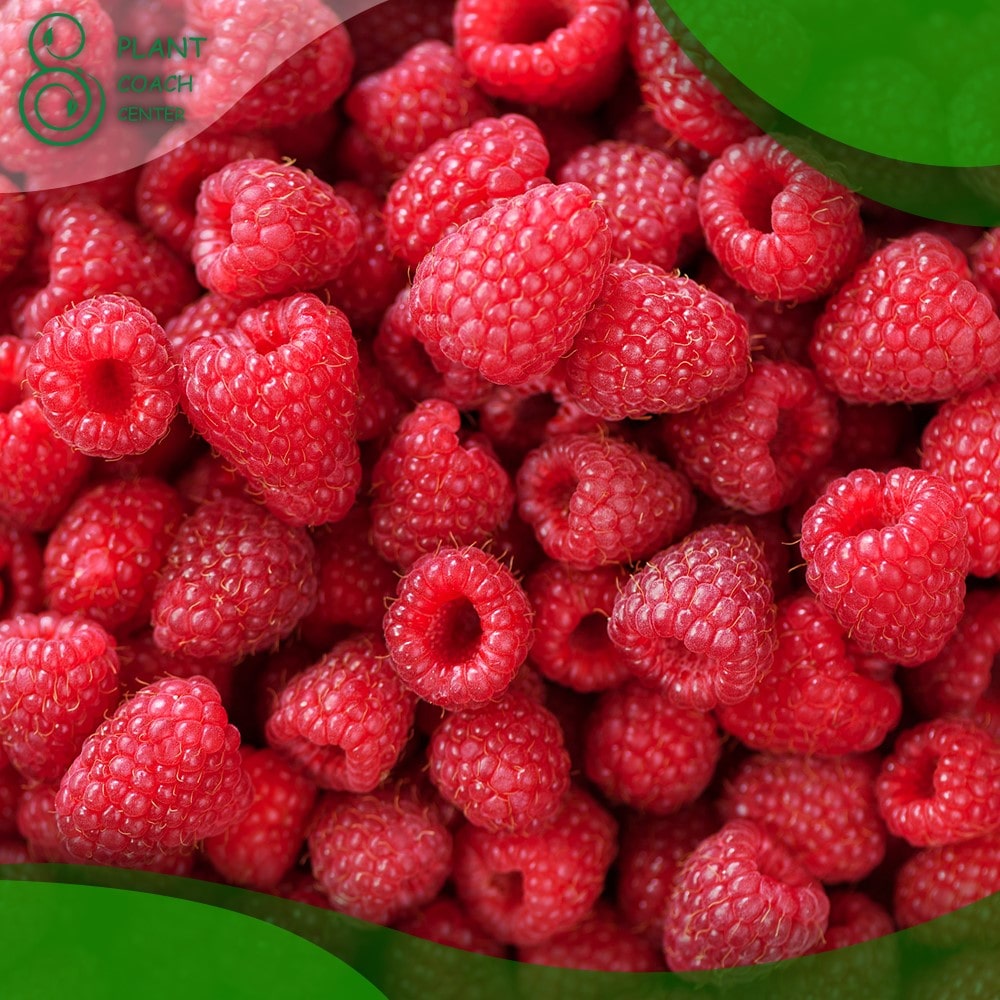When to Cut Back Raspberries for Winter
Proper care for raspberry plants is crucial to ensure their health and productivity. As we delve into plant coaching, we will explore the art of determining the ideal time to cut back raspberries for winter. By understanding the growth patterns of raspberries and recognizing common problems that can affect their vitality, we can optimize their growth and yield. This comprehensive guide provides practical insights and expert advice for novice and experienced gardeners.
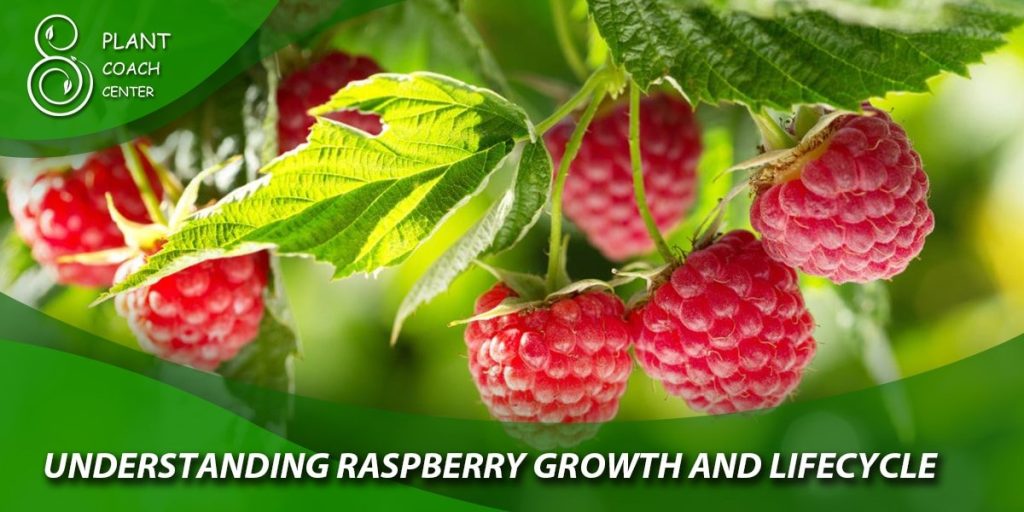
Understanding Raspberry Growth and Lifecycle
Raspberry Varieties and Their Growth Habits
Raspberries come in various varieties, each with its unique growth habits. Understanding these differences is vital for successful plant coaching. Some popular varieties include summer-bearing raspberries, which produce fruit on two-year-old canes, and everbearing raspberries, which yield fruit on both first-year and second-year canes. By knowing the growth habits of your raspberry plants, you can tailor your pruning techniques accordingly.
Raspberry Plant Lifecycle and Seasonal Phases
To effectively manage raspberry plants, it is essential to be familiar with their lifecycle and seasonal phases. Raspberries go through dormant and active growth periods. The dormant period occurs during winter when the plants are not actively growing. This is the ideal time for pruning.
The active growth period occurs during spring and summer when the plants produce new canes, leaves, and fruits. Understanding these phases allows for precise timing of pruning activities.
Impact of Pruning on Raspberry Health and Productivity
Pruning plays a vital role in maintaining raspberry health and maximizing productivity. Proper pruning helps remove dead or diseased canes, improves airflow and sunlight penetration, and encourages the growth of new canes. It also aids in disease prevention and enhances fruit quality. However, incorrect pruning techniques or timing can reduce yields or harm the plants. Therefore, mastering the art of pruning is essential for successful raspberry cultivation.
Identifying the Right Time to Cut Back Raspberries
Identifying the right time to cut back raspberries is a crucial aspect of plant coaching. Timing plays a significant role in raspberry plants’ overall health and productivity. Several factors influence the decision of when to prune raspberries, including climate, hardiness zones, frost patterns, cold tolerance, raspberry variety-specific pruning requirements, growth stages, and signs exhibited by the plants.
One of the critical factors to consider is the local climate and hardiness zone. Different regions experience varying weather patterns and temperature fluctuations. Understanding the specific climate conditions of your area helps determine the appropriate timing for pruning raspberries. Additionally, being aware of the hardiness zones your raspberry plants are in assists in planning their care and maintenance.
Frost patterns and cold tolerance are essential when deciding when to prune raspberries. Raspberries can be sensitive to frost, and pruning too early before the threat of frost has passed can lead to damage or reduced yields. Monitoring local frost patterns and assessing the cold tolerance of your raspberry variety will help determine the right time to initiate pruning.
Different raspberry varieties have specific pruning requirements. Some varieties produce fruit on canes that are one year old, while others bear fruit on two-year-old canes. Understanding the growth habits of your raspberry variety is crucial for determining when to cut back. Research and identify the pruning techniques and timing recommended for your raspberry variety to ensure optimal results.
Observing the growth stages and signs displayed by raspberry plants provides valuable insights into the ideal timing for pruning. Monitoring the fruit harvest cycles is an effective way to determine when the majority of the fruit has been harvested, and the canes have completed their fruiting cycle. This indicates that the plants are ready for pruning. Additionally, recognizing dormant and active growth periods is vital. When the plants are not actively growing, pruning during the dormant period minimizes stress and promotes healthy regrowth in the following season.
Assessing plant vigour and disease susceptibility aids in identifying the right time to cut back raspberries. Vigorous growth and disease resistance are signs of healthy plants. Observing the overall vitality, leaf colour, and general appearance of the raspberry plants can help determine whether they are ready for pruning or need more time to recover or address any underlying issues. Suppose the plants exhibit signs of disease or weakness. In that case, it may be beneficial to delay pruning until they have regained their health.
By considering these factors and closely monitoring the growth stages and signs of raspberry plants, gardeners can determine the optimal time to cut back their raspberries for winter. Taking into account the specific needs of the climate, raspberry variety, and plant health ensures that the pruning process is carried out at the most appropriate time, ultimately contributing to the overall success and longevity of the raspberry plants.
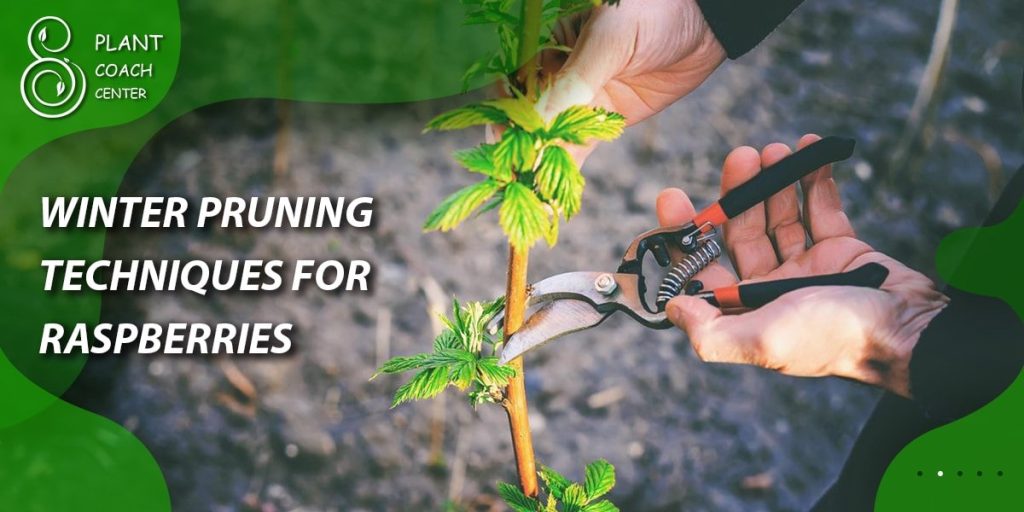
Winter Pruning Techniques for Raspberries
Preparing Raspberry Plants for Winter
Properly preparing raspberry plants for winter sets the foundation for healthy growth in the following season. Before winter arrives, thoroughly assess plant health, addressing any existing issues. Consider soil amendments and nutrient balancing to ensure the plants receive nutrients. Protecting raspberry plants from pests and diseases is also crucial at this stage.
Step-by-Step Guide to Winter Raspberry Pruning
- Tools and Equipment Needed
Before beginning the pruning process, gather the essential tools and equipment. These typically include pruning shears, loppers, gloves, and protective eyewear. Clean and sterilize the tools to prevent the spread of diseases between plants.
- Removing Old Canes and Deadwood
Start by removing old canes and deadwood. These canes are no longer productive and can serve as a breeding ground for pests and diseases. Carefully cut them at the base and dispose of them away from the planting area.
- Proper Pruning Techniques for Different Raspberry Varieties
Different raspberry varieties require specific pruning techniques. For summer-bearing raspberries, prune the canes that have produced fruit, leaving the healthy, new canes for the next season. With everbearing raspberries, prune the canes that have produced fruit in the summer, but leave the new canes to produce an additional fall harvest.
- Maintaining an Open Center Structure
To enhance airflow and sunlight exposure, maintain an open center structure while pruning. This involves removing excess canes and thinning out crowded areas. It allows for better disease prevention and encourages the development of strong, healthy canes.
- Pruning Tips for Maximizing Future Yields
To maximize future yields:
- Consider additional pruning techniques.
- Remove weak or damaged canes, as they are unlikely to produce quality fruit.
- Aim to balance the number of canes and the available resources, allowing each cane to receive sufficient nutrients and light.
Common Raspberry Problems and Troubleshooting
Like any other crop, Raspberry plants can face various problems that affect their health and productivity. Plant coaches and gardeners must be familiar with common raspberry problems and troubleshooting techniques to address these issues effectively. By recognizing the signs and symptoms of common problems, gardeners can take prompt action and implement appropriate measures to mitigate the damage and promote the overall well-being of the raspberry plants.
One of the primary challenges that raspberry plants encounter is pest infestation. Common pests affecting raspberries include aphids, spider mites, raspberry fruit worms, and Japanese beetles. These pests can cause damage to the leaves, buds, flowers, and fruits of the raspberry plants, resulting in reduced yields and compromised plant health.
Integrated Pest Management (IPM) strategies are highly recommended for pest control, which involve a combination of cultural, biological, and chemical control methods. These include removing and destroying infected plant material, introducing beneficial insects, using insecticidal soaps or oils, and employing targeted chemical treatments when necessary. Implementing IPM strategies minimizes the impact on beneficial insects and the environment while effectively managing pest populations.
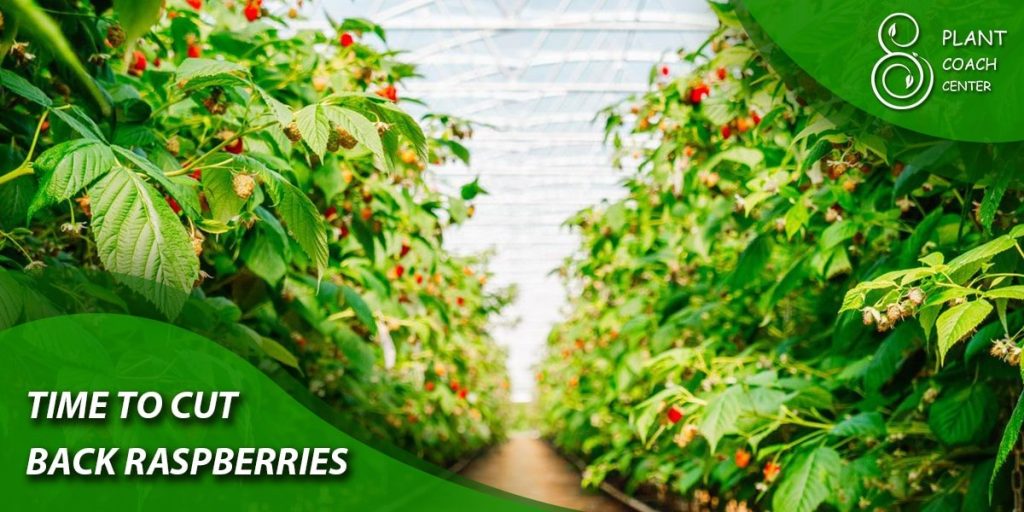
Fungal and bacterial diseases pose significant threats to raspberry plants. Gray mould mould (Botrytis fruit rot), powdery mildew, and bacterial blight are common diseases affecting raspberries. Symptoms of these diseases include wilting, discoloration, fruit rot, and fuzzy mould or powdery growth on the leaves and stem. Preventive measures play a crucial role in disease management.
These include maintaining proper plant spacing for adequate airflow, practicing good sanitation by removing and disposing of infected plant material, and avoiding overhead watering to minimize leaf moisture. Fungicides and bactericides may be employed as treatments if necessary, using products specifically labelled labelled for use on raspberries. Organic alternatives such as copper-based fungicides or botanical extracts can also be utilized.
Nutrient deficiencies and soil imbalances can also impact the health and productivity of raspberry plants. Essential nutrients raspberries require nitrogen, phosphorus, potassium, and various micronutrients. Deficiencies in these nutrients can lead to stunted growth, yellowing leaves, poor fruit development, and weakened plants.
Conducting a soil test to assess nutrient levels and pH is valuable in understanding the soil’s composition and identifying imbalances. Based on the soil test results, appropriate amendments can be applied to correct nutrient deficiencies and imbalances. This may involve adding organic matter, such as compost or well-rotted manure, and using targeted fertilizers to provide the necessary nutrients in the proper ratios. Regular monitoring and adjustment of soil fertility contribute to healthy raspberry growth and productivity.
Recognizing and addressing common raspberry problems is essential for successful plant coaching. Gardeners can take timely action by being vigilant and identifying the signs and symptoms of pest infestations, fungal and bacterial diseases, as well as nutrient deficiencies. Implementing integrated pest management strategies, practicing preventive measures, and making necessary soil amendments contribute to raspberry plants’ overall health, vitality, and productivity.
Extending Raspberry Plant Lifespan and Productivity
Maintaining Proper Plant Care Throughout the Year
Beyond winter pruning, consistent care throughout the year is vital for extending the lifespan and productivity of raspberry plants. Adequate watering, regular weeding, and mulching help maintain optimal soil moisture and reduce weed competition. Providing trellis support to raspberries ensures proper air circulation. It prevents the canes from bending under the weight of the fruit. Regular monitoring for pests and diseases allows for early detection and prompt action.
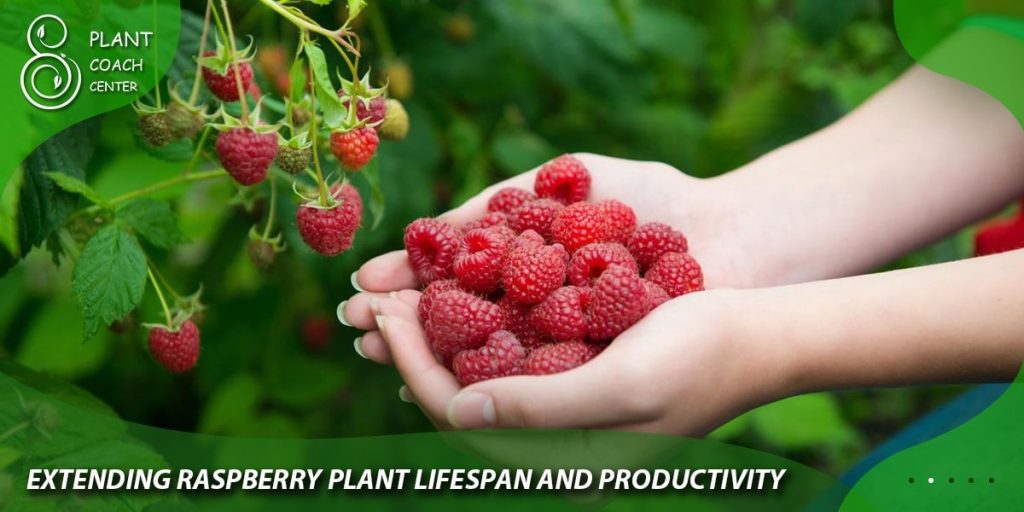
Tips for Improving Raspberry Yield and Fruit Quality
Implementing a few additional strategies can make a significant difference in improving raspberry yield and fruit quality. Thinning out excess fruit clusters promotes larger, tastier berries. Applying organic fertilizers or compost during the growing season provides the necessary nutrients for robust growth. Regularly removing any fallen fruit or plant debris minimizes disease spread. Lastly, providing adequate sunlight and airflow by spacing plants properly contributes to healthier raspberry plants.
Crop Rotation and Disease Prevention Strategies
Practicing crop rotation is a crucial strategy to prevent disease buildup in raspberry plants. Avoid planting raspberries or any other plants from the same family, such as blackberries or strawberries, in the same location year after year. Rotating crops helps break disease cycles and reduces the likelihood of soil-borne pathogens affecting raspberry health. Additionally, practicing good sanitation, such as removing and disposing of diseased plant material, further minimize disease risks.
Protecting Raspberries from Extreme Weather Conditions
Raspberry plants can be vulnerable to extreme weather conditions such as frost, heat waves, or strong winds. Implementing protective measures can safeguard the plants and ensure their survival. Covering raspberry canes with frost blankets or row covers during late frost events provides insulation. Providing shade or temporary shading structures during intense heat waves shields the plants from sunburn. Installing windbreaks or using trellis systems helps prevent wind damage.
pic 4 optimal time to cut back raspberries
Conclusion
Mastering the art of plant coaching and understanding the timing of pruning raspberries for winter are essential skills for successful cultivation. By considering factors such as climate, raspberry variety, and growth stages, gardeners can determine the optimum time to cut back their raspberry plants.
Proper winter pruning techniques and addressing common raspberry problems contribute to the overall health and productivity of the plants. By maintaining ongoing care, implementing strategies for improved yield, and protecting against adverse weather conditions, gardeners can extend their lifespan and maximize their raspberry plants’ fruitfulness. Plant coaching empowers gardeners to nurture their raspberry plants throughout the year, ensuring bountiful harvests and thriving raspberry patches for years.
When is the best time to cut back raspberries for winter?
During the dormant period in late winter or early spring.
What are common pests that affect raspberry plants?
Aphids, spider mites, and raspberry fruit worms are common pests.
How can I address nutrient deficiencies in raspberry plants?
Use soil amendments or targeted fertilizers based on soil test results.


